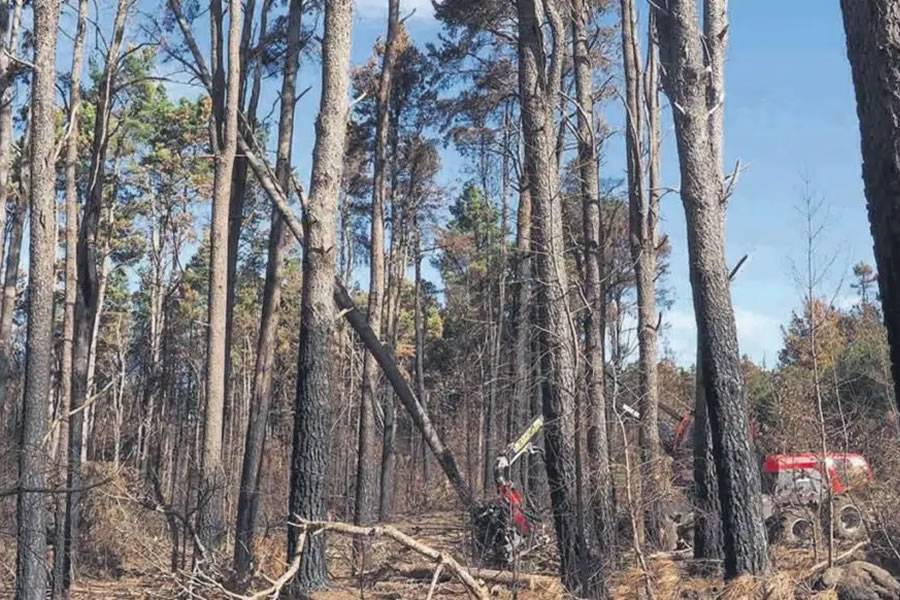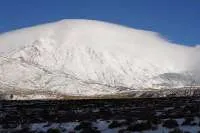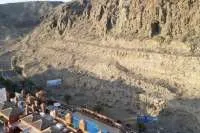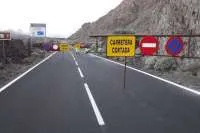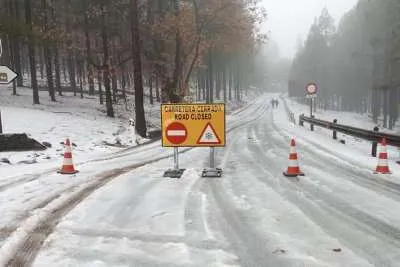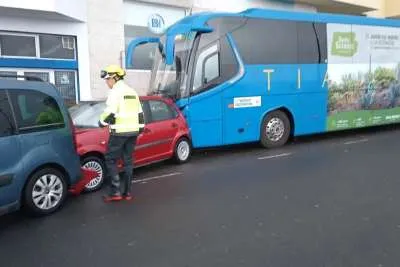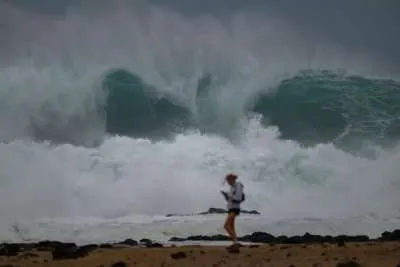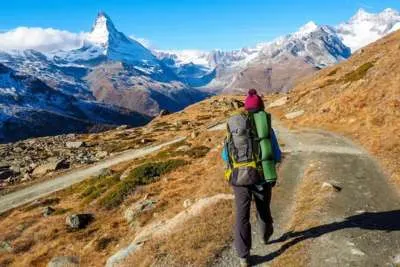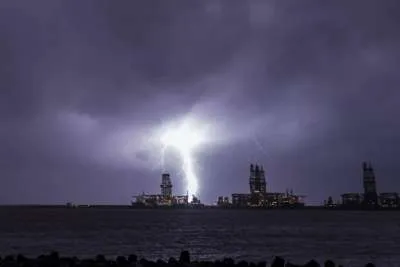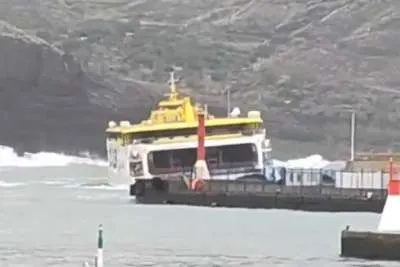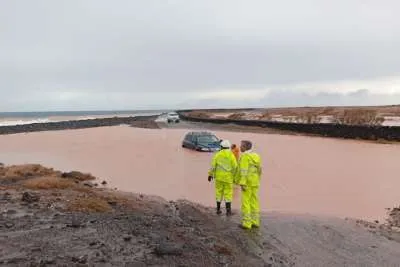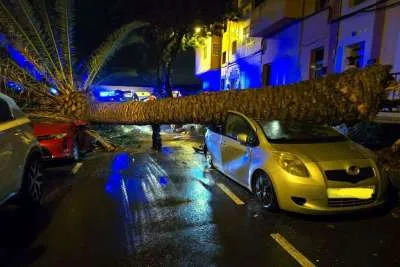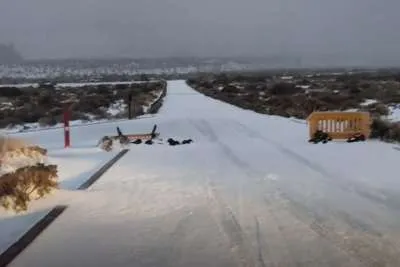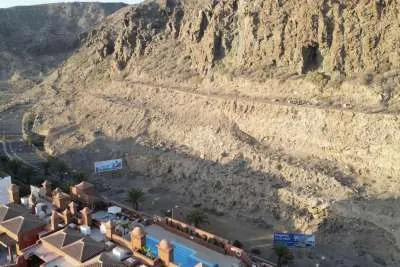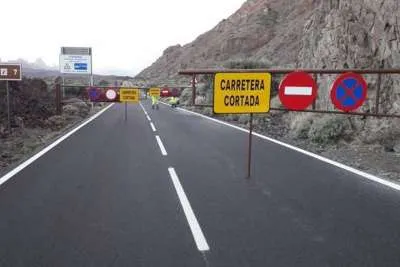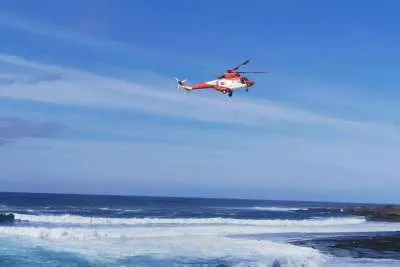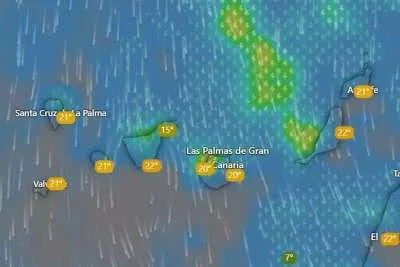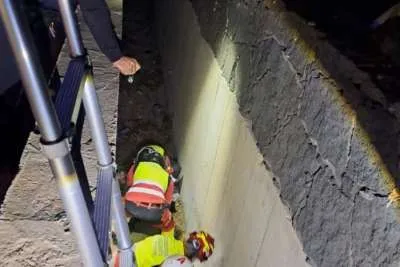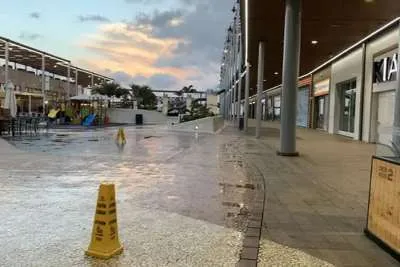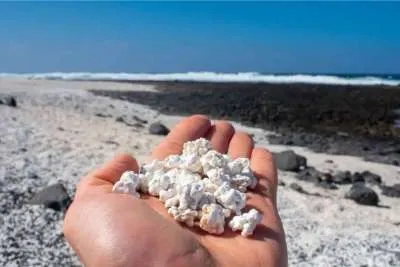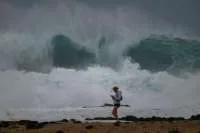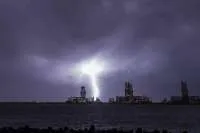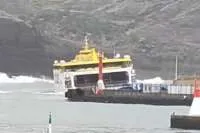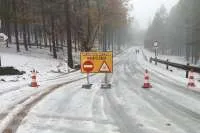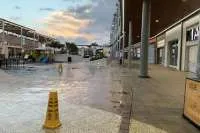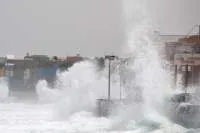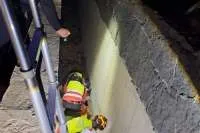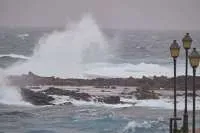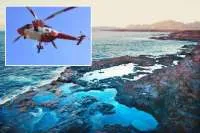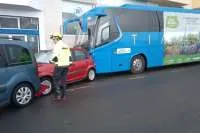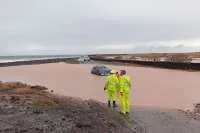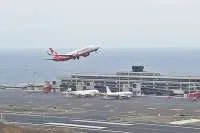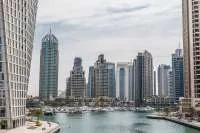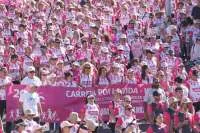Tenerife Cabildo invests €7.9 million in ensuring safe access to fire-affected forests
- 21-11-2023
- Tenerife
- Tenerife Cabildo
- Photo Credit: Cabildo de Tenerife
The Tenerife Cabildo is actively working to reopen the mountain and trails affected by the forest fire that started on August 15th. The primary focus is on ensuring people's safety, especially in areas where the Monterey Pine, a species native to California, suffered significant damage during the fire, leading to ongoing risks.
It is important to recall that the fire impacted several municipalities, including Santa Úrsula, Arafo, Candelaria, El Rosario, El Sauzal, Fasnia, Güímar, La Matanza de Acentejo, La Orotava, La Victoria, Los Realejos, and Tacoronte. Spanning a perimeter of 90 kilometres, and took over a month to be controlled, resulting in damages exceeding €80 million.
The Monterey Pine, a problematic species during the fire, continues to pose challenges for technicians and forestry brigades. The Island Council's goal, predating the fire, is to eliminate this species due to its inability to regenerate, ultimately leading to its demise and falling even in mild wind or soft soil conditions caused by rain, given its poor root system.
In total, 571 hectares of Monterey Pine within the protected natural space were burned out of the remaining 730. The plan is to free up this space for reforestation with native species, primarily Monteverde and Canary pine, to restore the original ecosystems in these areas.
The majority of these trees are damaged at the base and continue to fall on their own, posing a safety hazard. The Council is actively removing trees, especially those near trails or capable of rolling onto them, posing a risk to users and vehicles.
President Rosa Dávila emphasized the closure of certain trails and paths due to safety concerns and urged citizens to stay informed through official channels such as the Tenerife Cabildo's Natural Environment webpage and the Tenerife ON app, which provides real-time updates on mountain conditions.
President Dávila, during a visit to ongoing work sites in Las Calderetas and Las Aguilillas in Ravelo, El Sauzal, and El Rayo in La Matanza de Acentejo, highlighted that urgent works, amounting to €7.9 million, have been contracted to 22 companies. This is part of a larger €29 million investment planned between 2024 and 2026 for reforestation using internal resources.
The Cabildo’s efforts involve two types of actions: one aimed at securing public paths and the other at preventing erosion in basins. Specialized machinery, including a shredder for clearing the ground and a forestry processor, is employed for the former. Safety is a paramount concern, and a forestry processor equipped with a reinforced cabin ensures the safe removal of identified high-risk trees.
Reforestation is a complex task that involves clearing land, digging holes, and planting. While the majority of La Orotava has undergone this process, El Sauzal and La Matanza face timing challenges for reforestation this year, needing to be completed before March and the arrival of rain.
The second set of actions addresses erosion risks directly and indirectly. A protective layer of mulch, derived from crushed plant residues, or soil restoration through seeding and planting, aims to facilitate regrowth. Additionally, softer agrotechnical methods, like constructing barriers using Monteverde branches, slow down water flow and prevent rapid sedimentation.
These vegetative structures, known as fajinas, are complemented by other measures such as filling local stone gaps, creating transverse stone structures on abandoned paths, and placing stones in shallow ravines upstream from the paths to slow water flow.
The Cabildo is not only focusing on urgent actions but is also addressing areas prone to landslides and mass movements. This includes installing barriers for debris retention, stabilizing riverbeds along forest paths, and repairing firefighting hydraulic networks affected by the fire.
Technical initiatives, such as generating new orthophotos of the burned areas, drafting projects, technical direction, and health and safety support, are part of the comprehensive approach to rehabilitating the affected regions.
Other articles that may interest you...
Trending
Most Read Articles
Featured Videos
A Vision of Elvis Tenerife Promo
- 10-05-2025
TEAs 2025 Highlights
- 17-11-2025


